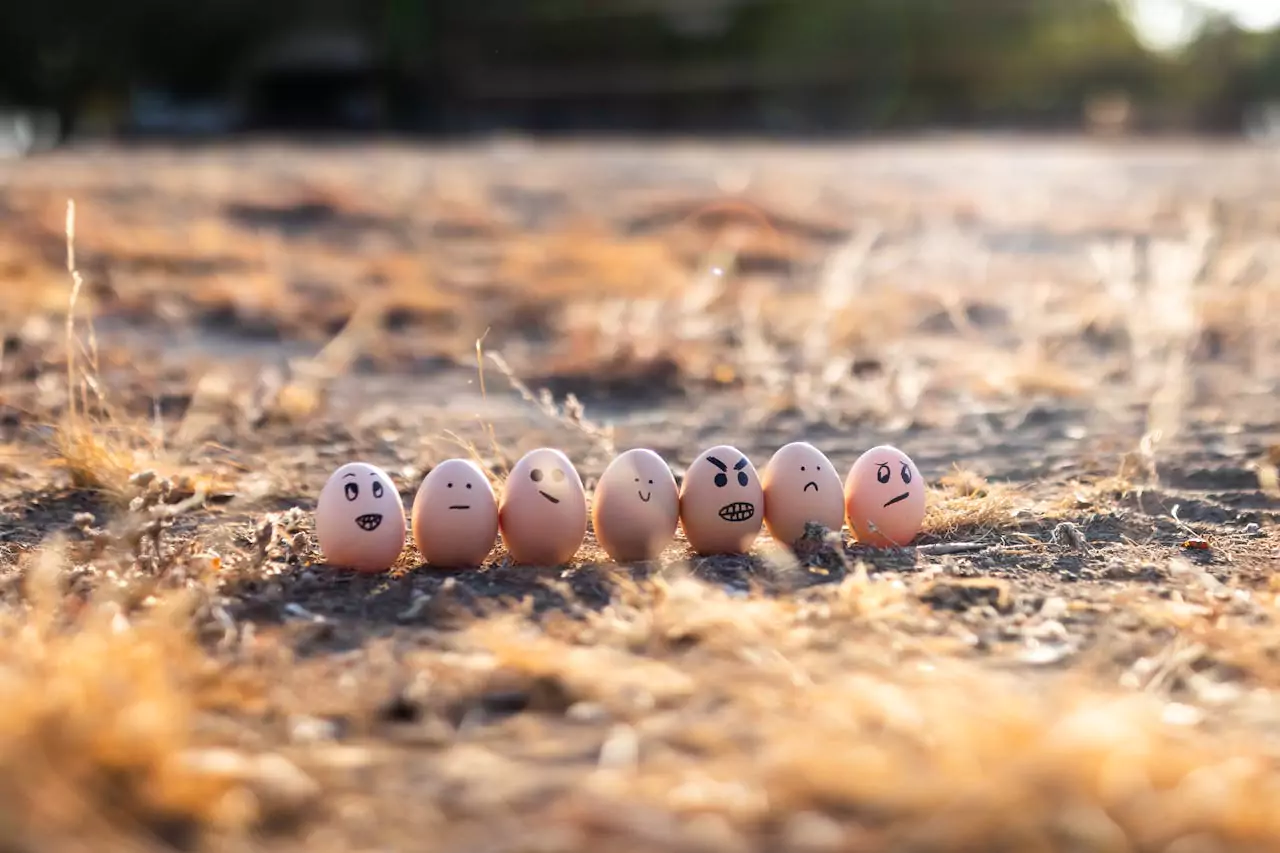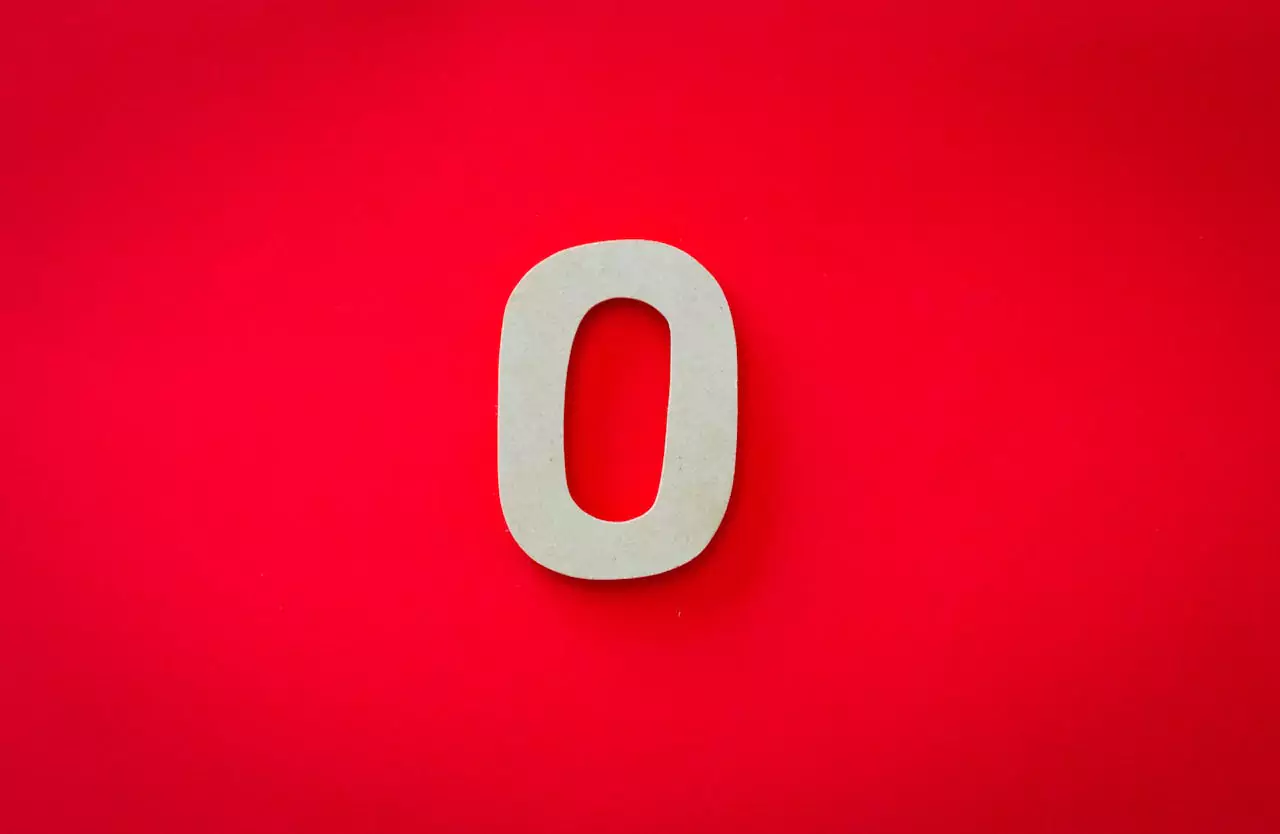The Kalash (a sacred pot) and the coconut placed on top of it are essential elements in Hindu religious rituals, especially during auspicious occasions like Diwali. The Kalash, filled with water, represents abundance and the universe, while the coconut placed on top signifies purity, protection, and the presence of divine blessings. After performing the Diwali pooja, devotees often wonder what to do with the kalash coconut. Should it be consumed, offered to a deity, or disposed of in a particular manner? This blog will guide you on how to respectfully and appropriately handle the kalash coconut after Diwali pooja.
Significance of the Kalash Coconut in Diwali Pooja
Before diving into what to do with the coconut, it’s important to understand its significance during the pooja. The coconut is considered a symbol of prosperity, purity, and fertility. It is believed that during the ritual, the coconut absorbs the positive energies and blessings of the deity. As it is regarded as sacred, handling the coconut with care and reverence after the pooja is crucial.
What to Do with the Kalash Coconut After Diwali Pooja
There are several traditional and respectful ways to deal with the kalash coconut once the Diwali pooja is complete. Here are the most common methods:
1. Consume the Coconut as Prasad
- The most widely accepted practice is to treat the coconut as prasad (blessed food) after the pooja. Once the religious ceremony is over, break the coconut and distribute it among family members. Eating the coconut symbolizes consuming the divine blessings bestowed by the deity. You can also use the coconut to make sweets or add it to dishes, enhancing the sense of devotion and gratitude.
2. Offer It to Nature
- Another respectful way to handle the kalash coconut is by offering it back to nature. You can leave the coconut under a tree, preferably in a sacred place like a temple garden or near a river. By doing this, you return the blessings to the earth, which is in line with Hindu beliefs of respecting nature and maintaining the balance of the universe.
3. Immerse the Coconut in a River or Water Body
- Some people choose to immerse the coconut in a flowing river or a natural water body. This practice is symbolic of purifying the energy and allowing the blessings to flow freely. Make sure you choose an eco-friendly way to immerse the coconut, as improper disposal can harm the environment.
4. Place It in the Kitchen
- Some devotees prefer to keep the coconut in their kitchen for a few days, believing that it will continue to bring prosperity and good fortune to the household. After a few days, you can either consume it or use one of the methods mentioned above for respectful disposal.
5. Use It for Future Rituals
- In certain households, the coconut from the kalash is preserved and used in future rituals or festivals. If you plan to do this, ensure that the coconut is stored in a cool, dry place to avoid spoilage. Reusing the same coconut adds a sense of continuity to your spiritual practices.
Read More On: Rangoli Design for Diwali
Can the Kalash Coconut Be Discarded?
Given the sacredness of the coconut, discarding it in the trash is not advisable. As it has absorbed the blessings of the deity during the pooja, it is considered disrespectful to throw it away. The coconut should be consumed, offered to nature, or disposed of in a manner that aligns with spiritual beliefs, such as immersion or offering it to animals.
Importance of Handling the Kalash Water
Apart from the coconut, the kalash water used in the pooja also holds great significance. This water is considered holy and should be handled carefully. Here are some ways to use the kalash water after Diwali pooja:
Sprinkle It in Your Home:
- Sprinkling the kalash water in different parts of your house brings purity and positivity, helping to cleanse negative energies.
Offer It to Plants:
- Water your plants with the kalash water, symbolizing the return of blessings to nature. This practice also adds to the spiritual value of your household garden.
Consume It:
- If the kalash water is from a clean and safe source, you can consume a small portion of it as a form of prasad, receiving the blessings internally.
Store for Future Rituals:
- In some homes, the holy water from the kalash is stored and used for future poojas or other sacred ceremonies.
Trending Topic: What to Do with Rangoli After Diwali
Eco-Friendly Disposal of the Kalash Coconut
In today’s world, where environmental consciousness is growing, it’s important to dispose of ritual items like the kalash coconut in an eco-friendly manner. Here are some tips for environmentally responsible disposal:
- Avoid Plastic Bags: When offering the coconut to a tree or immersing it in water, avoid wrapping it in plastic or other non-biodegradable materials. Use natural leaves or eco-friendly wrappings.
- Compost the Coconut: If the coconut is no longer fresh and cannot be consumed, consider composting it in your home garden. This ensures that the blessings of the deity continue to nourish the earth.
- Opt for Natural Immersion: If you choose to immerse the coconut in a water body, ensure that the area is not polluted, and only use biodegradable materials. This helps maintain the sanctity of the ritual while protecting the environment.
Interesting Read: How & When Should We Remove Kalash
Can You Use the Kalash Coconut for Cooking?
Yes, once the pooja is complete, you can use the coconut to make delicious dishes. Some popular ways to incorporate the coconut into your meals include:
- Making Coconut Sweets: Use the coconut to make traditional Indian sweets like coconut barfi or modak, which are offered to the deities and then consumed as prasad.
- Coconut Chutney: You can also make coconut chutney as a savory addition to your meals.
- Grated Coconut: Grate the coconut and use it as a topping for curries, rice dishes, or desserts.
By incorporating the coconut into your meals, you continue the cycle of devotion and gratitude while enjoying the sacred fruit.
What to Do with Pooja Items After Pooja
Here’s a table for What to Do with Pooja Items After Pooja:
| Pooja Item | What to Do |
|---|---|
| Kalash Coconut | Consume as prasad, offer to nature (under a tree), immerse in water, or use in cooking. |
| Kalash Water | Sprinkle in the home for purification, offer to plants, consume as prasad, or store for future rituals. |
| Flowers (Garlands/Petals) | Compost, offer to nature, place under a tree, or use for decoration in the home. |
| Diyas (Oil Lamps) | Clean and reuse for future poojas, or dispose of the wick properly. |
| Incense Sticks | Allow to burn out fully, then dispose of the ashes in a natural space or compost. |
| Prasad (Food Offering) | Consume with family members or distribute among neighbors, especially if made of fresh food. |
| Offerings (Fruits/Grains) | Share with family or guests, donate to the needy, or use in cooking. |
| Idols and Photos | Clean gently and store for future use, or keep them in the pooja space. |
| Cloth or Decorations | Wash and reuse for future festivals or rituals. |
This table ensures that all pooja items are handled respectfully and either consumed, reused, or returned to nature in an eco-friendly manner.
Read More On : Green & Eco-Friendly Diwali Slogans
FAQs
Can I eat the coconut used in the Kalash after Diwali Pooja?
Yes, the coconut is considered sacred and can be consumed as prasad (blessed food) after the pooja. You can break it, eat it, or use it in dishes like sweets or chutneys.
How should I dispose of the Kalash coconut?
You can offer the coconut to nature by placing it under a tree, immersing it in a river, or feeding it to animals. Avoid throwing it in the trash, as it is considered disrespectful.
Can I store the Kalash coconut for future rituals?
Yes, you can store the coconut in a cool, dry place and reuse it in future poojas or religious ceremonies, as long as it remains fresh.
What should I do with the water in the Kalash after Diwali Pooja?
The Kalash water is sacred and can be sprinkled around the house, offered to plants, or consumed as prasad if clean. It can also be stored for future rituals.
Is it necessary to immerse the coconut in water?
No, immersion is not mandatory. It’s one of the traditional methods, but consuming the coconut or offering it to nature are also respectful practices.
Conclusion
The kalash coconut used during Diwali pooja holds deep spiritual significance, and handling it with care and respect after the ritual is essential. Whether you choose to consume it, offer it to nature, or immerse it in water, these practices honor the blessings that the coconut represents. Additionally, ensuring eco-friendly disposal aligns with both traditional values and modern environmental consciousness.
By following these practices, you not only show reverence to the deity but also continue to receive blessings in your daily life, even after the festival has ended.










